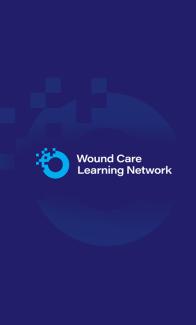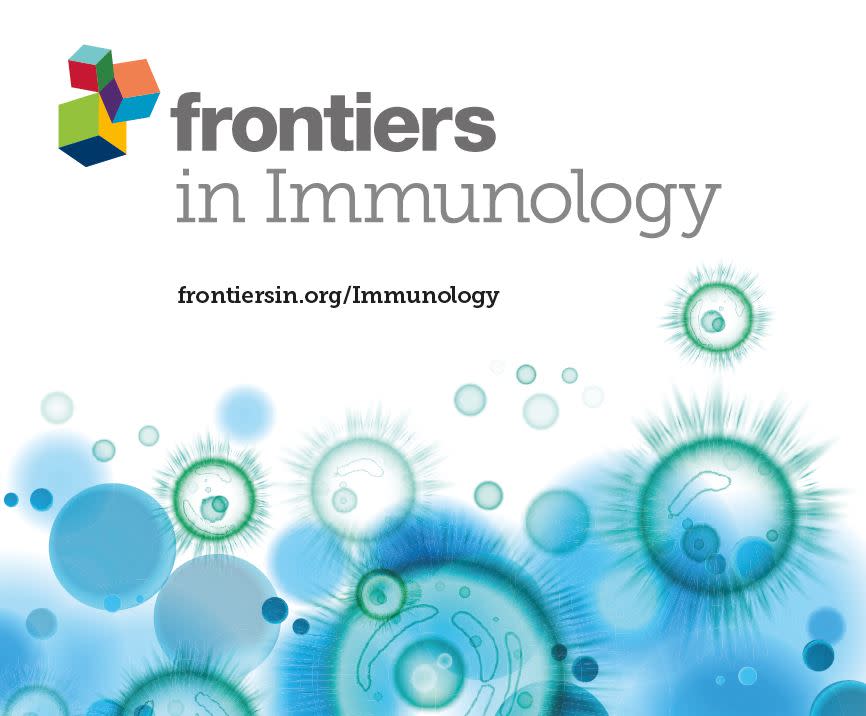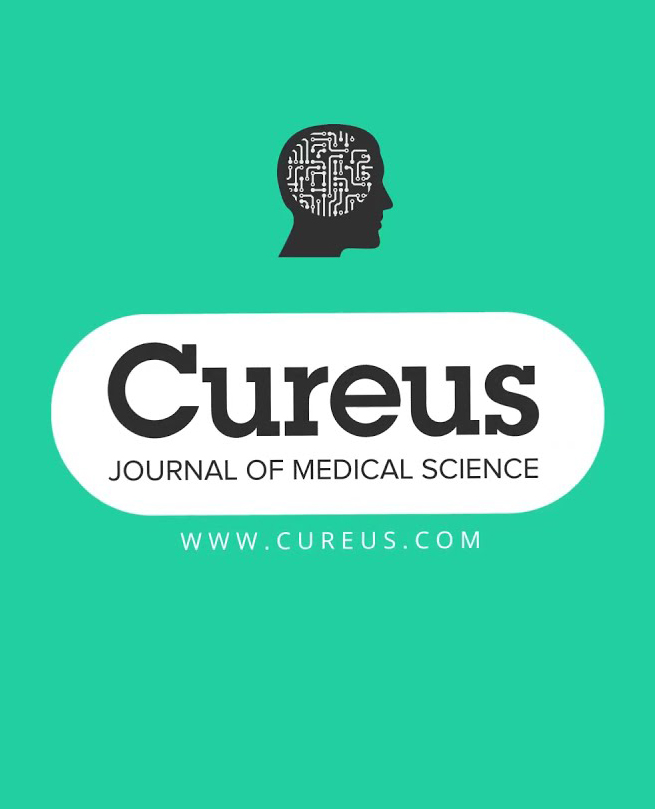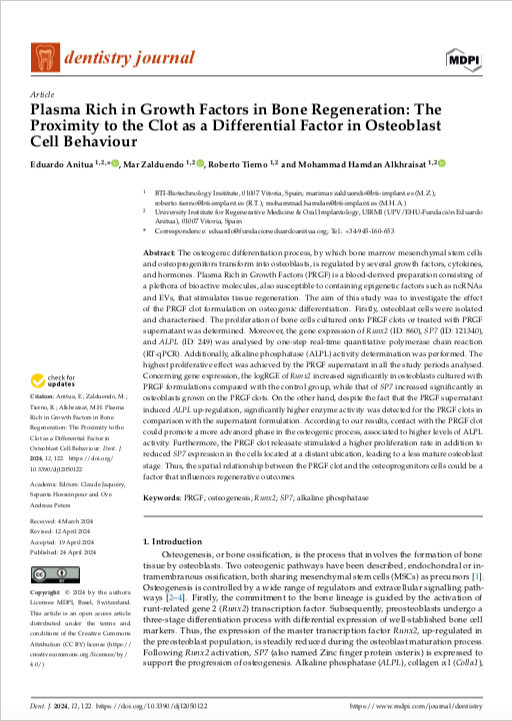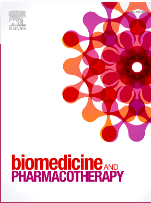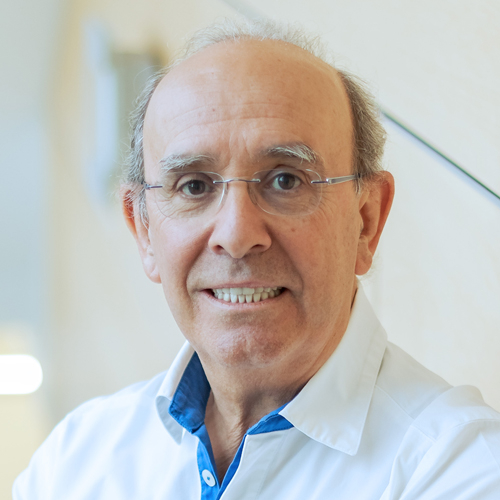
Eduardo Anitua
Doctor en Medicina y Cirugía. Especialista en Estomatología
Director del Instituto Eduardo Anitua, Instituto de investigación básica y aplicada y Centro clínico y de formación en Implantología oral y Terapia regenerativa. Director científico de BTI (Biotechnology Institute).
Cursos que imparte
-
BTI Implant System – Avanzado [octubre 2025]
17/10/2025Presencial
-
Reunión de expertos | Barcelona
18/10/2025Presencial
Artículos publicados
Efficacy of Plasma Rich in Growth Factors for Healing Chronic Skin Ulcers: A Systematic Review of Randomized Controlled Trials With Meta-Analysis
Wounds. 2024 Jun;36(6):189-200. Chronic skin ulceration is a serious pathological condition for which the adjuvant use of platelet-rich plasma (PRP) has been indicated. However, evidence for the use of PRP in patients with chronic skin ulcers remains insufficient due to a large heterogeneity in experimental designs, PRP composition, and preparation protocols.
- Autor:
- Eduardo Anitua
- Mohammad H. Alkhraisat
- Troya M
Immunoregulatory role of platelet derivatives in the macrophage-mediated immune response
Macrophages are innate immune cells that display remarkable phenotypic heterogeneity and functional plasticity. Due to their involvement in the pathogenesis of several human conditions, macrophages are considered to be an attractive therapeutic target. In line with this, platelet derivatives have been successfully applied in many medical fields and as active participants in innate immunity, cooperation between platelets and macrophages is essential. In this context, the aim of this review is to compile the current evidence regarding the effects of platelet derivatives on the phenotype and functions of macrophages to identify the advantages and shortcomings for feasible future clinical applications.
Clinical Performance of Implant-Supported Prostheses in the Rehabilitation of Patients Previously Treated for Medication-Related Osteonecrosis of the Jaws (MRONJ): A Systematic Review
Cureus. 2024 Jun 4;16(6):e61658 There is a lack of consensus on managing resultant bone and soft tissue defects or on restoring oral function and aesthetics following medication-related osteonecrosis of the jaws (MRONJ) lesion healing. This clinical challenge presents a dilemma for practitioners. Removable prostheses pose a recurrence risk if poorly fitted and may inadequately restore function or aesthetics in cases of significant bone defect. Dental implant-supported prostheses could enhance function and quality of life, though their risks and indications are not well-defined. This systematic review examines the clinical outcomes and complications associated with implant-supported rehabilitations post-MRONJ surgery. This study was conducted following the Preferred Reporting Items for Systematic Reviews and Meta-Analyses (PRISMA) statement recommendations and it was pre-registered in the Prospective Register of Systematic Reviews (PROSPERO) (CRD42023492539).
- Autor:
- Eduardo Anitua
- Mohammad H. Alkhraisat
- Zalduendo M
- Tierno R
Plasma Rich in Growth Factors in Bone Regeneration: The Proximity to the Clot as a Differential Factor in Osteoblast Cell Behaviour
Dent J (Basel). 2024 Apr 24;12(5):122. The osteogenic differentiation process, by which bone marrow mesenchymal stem cells and osteoprogenitors transform into osteoblasts, is regulated by several growth factors, cytokines, and hormones. Plasma Rich in Growth Factors (PRGF) is a blood-derived preparation consisting of a plethora of bioactive molecules, also susceptible to containing epigenetic factors such as ncRNAs and EVs, that stimulates tissue regeneration. The aim of this study was to investigate the effect of the PRGF clot formulation on osteogenic differentiation. Firstly, osteoblast cells were isolated and characterised. The proliferation of bone cells cultured onto PRGF clots or treated with PRGF supernatant was determined.
- Autor:
- Eduardo Anitua
- Mohammad H. Alkhraisat
- Troya M
- Zalduendo M
- Tierno R
- Osinalde N
- Fullaondo A
- Zubiaga AM
Improving the mechanical and biological functions of cell sheet constructs: The interplay of human-derived periodontal ligament stem cells, endothelial cells and plasma rich in growth factors
Biomed Pharmacother. 2024 May:174:116599. The aim of this study was to produce and characterize triple-layered cell sheet constructs with varying cell compositions combined or not with the fibrin membrane scaffold obtained by the technology of Plasma Rich in Growth Factors (mPRGF).
Vídeos disponibles en BTI Channel
Además de esta pequeña muestra en BTI Channel podrás ampliar tus conocimientos en implantología oral, medicina regenerativa y apnea del sueño.

 English
English
 Français
Français
 Deutsch
Deutsch
 Italiano
Italiano
 Português
Português

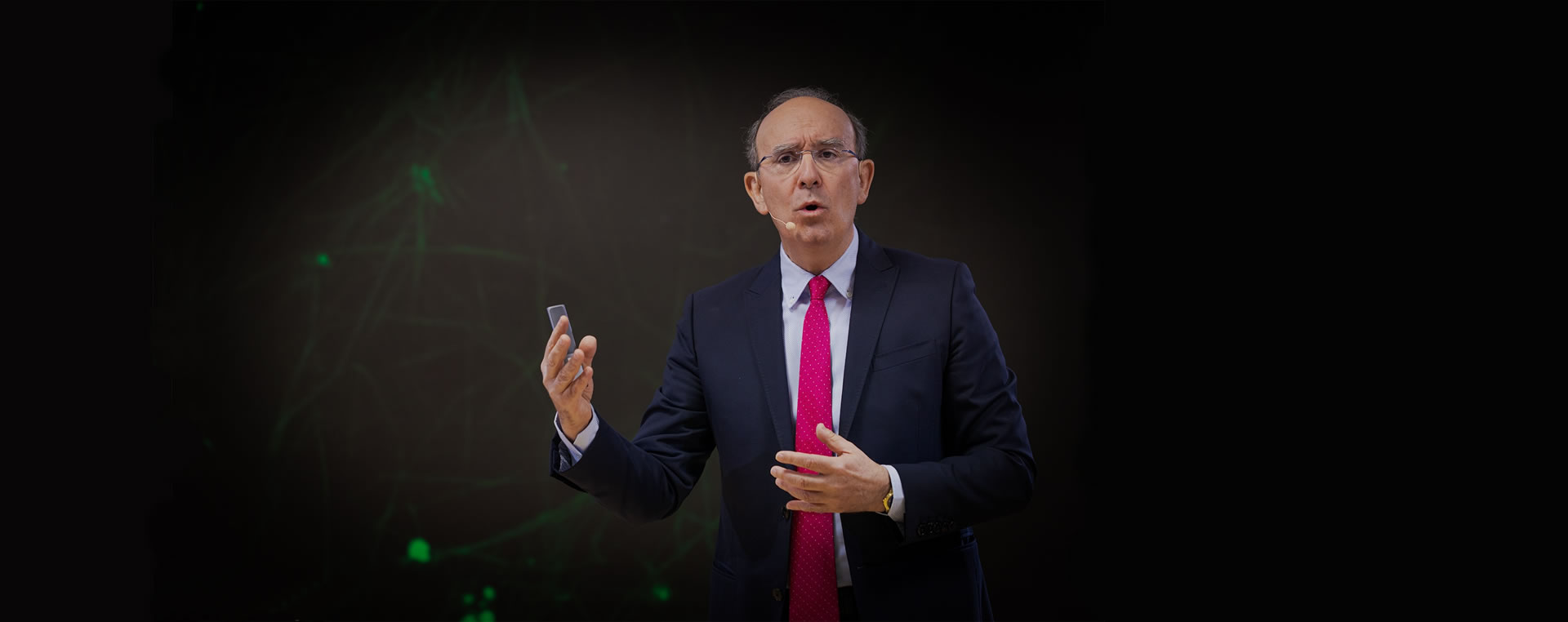
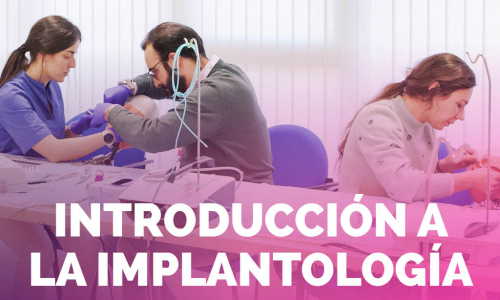
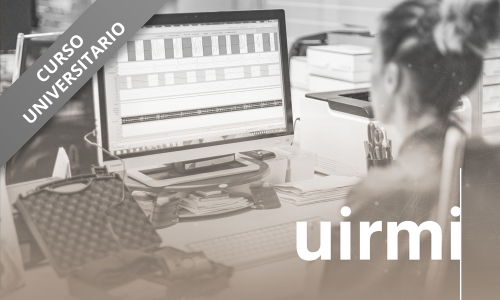

![Roncopatía y apnea obstructiva del sueño [septiembre 2025] Roncopatía y apnea obstructiva del sueño [septiembre 2025]](https://www.btitrainingcenter.com/wp-content/uploads/2023/11/TC_APNEA_1000-500x300.jpg)
![Un enfoque biológico a la implantología [aula castellano septiembre] Un enfoque biológico a la implantología [aula castellano septiembre]](https://www.btitrainingcenter.com/wp-content/uploads/2024/09/TC_AULAS-500x300.jpg)
![BTI Implant System – Avanzado [octubre 2025] BTI Implant System – Avanzado [octubre 2025]](https://www.btitrainingcenter.com/wp-content/uploads/2023/09/TC_ImplantSystem-500x300.jpg)

